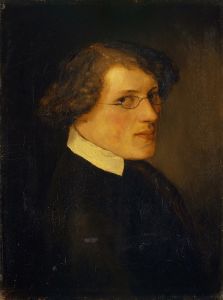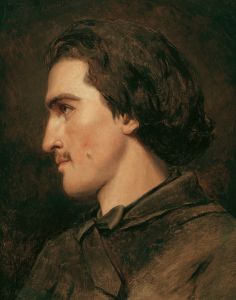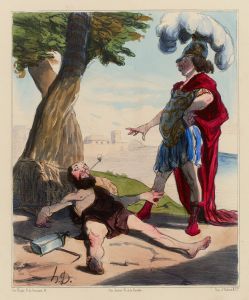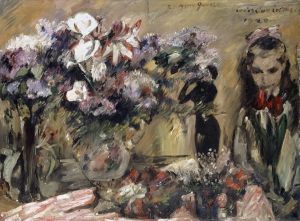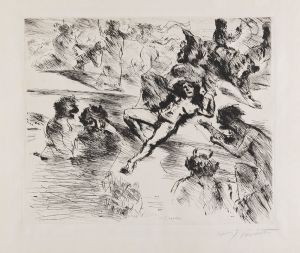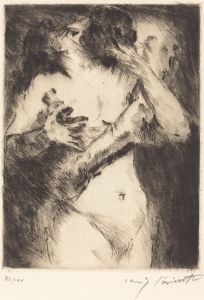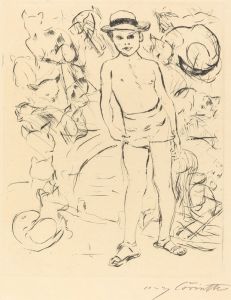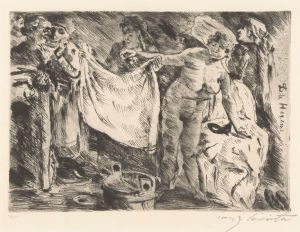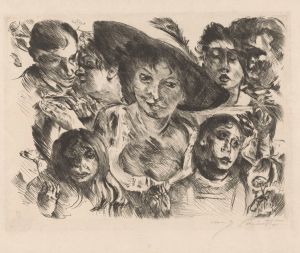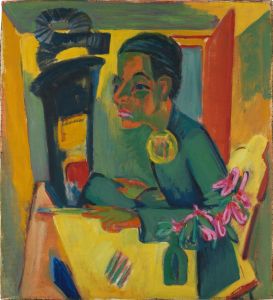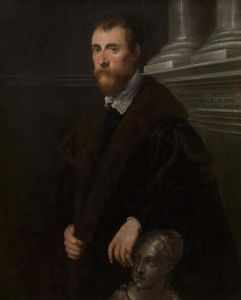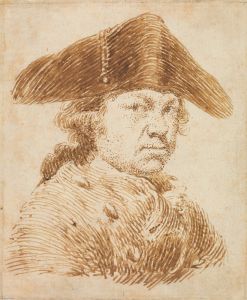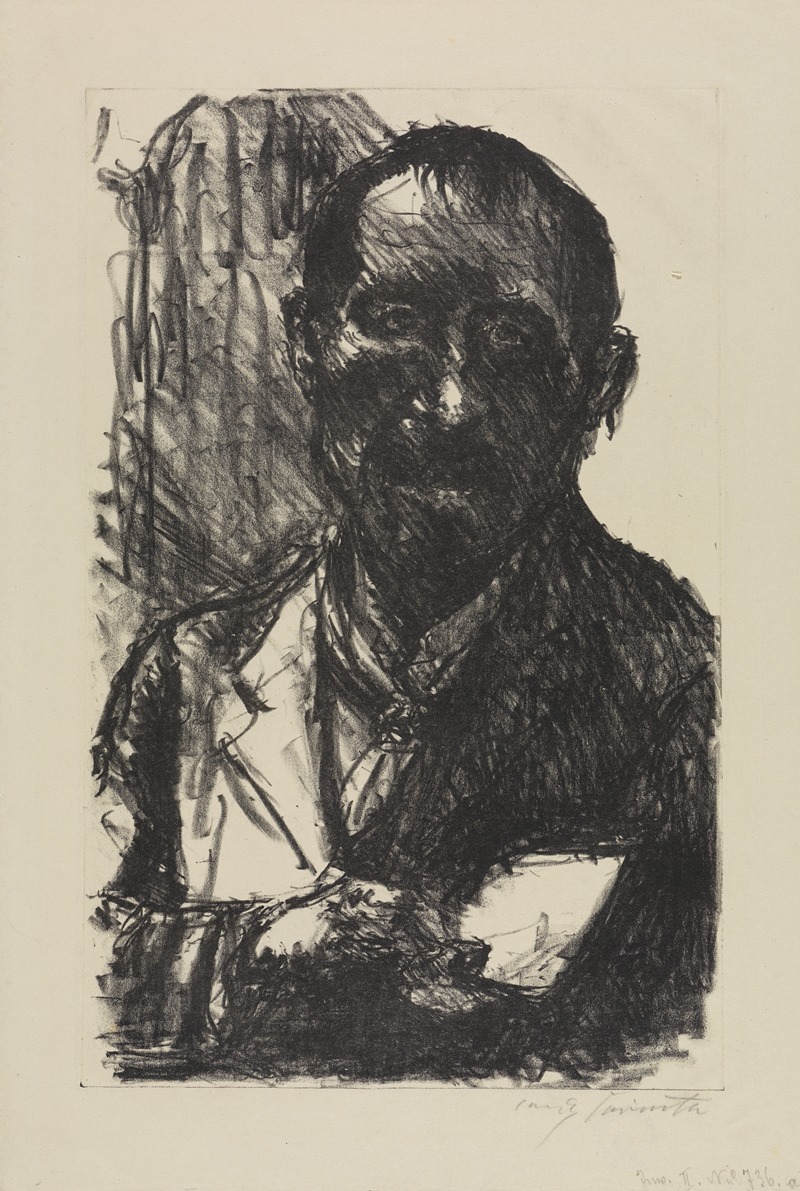
Selbstbildnis
A hand-painted replica of Lovis Corinth’s masterpiece Selbstbildnis, meticulously crafted by professional artists to capture the true essence of the original. Each piece is created with museum-quality canvas and rare mineral pigments, carefully painted by experienced artists with delicate brushstrokes and rich, layered colors to perfectly recreate the texture of the original artwork. Unlike machine-printed reproductions, this hand-painted version brings the painting to life, infused with the artist’s emotions and skill in every stroke. Whether for personal collection or home decoration, it instantly elevates the artistic atmosphere of any space.
Lovis Corinth was a prominent German painter and printmaker, known for his significant contributions to the transition from Impressionism to Expressionism in the late 19th and early 20th centuries. Among his extensive body of work, Corinth created numerous self-portraits, one of which is titled "Selbstbildnis" (Self-Portrait).
Lovis Corinth was born on July 21, 1858, in Tapiau, East Prussia, which is now Gvardeysk, Russia. He studied art in Königsberg, Munich, and Paris, where he was influenced by the Impressionist movement. Corinth's style evolved over the years, incorporating elements of both Impressionism and Expressionism, characterized by vigorous brushwork and a vibrant palette.
"Selbstbildnis" is one of the many self-portraits Corinth painted throughout his career. Self-portraiture was a significant aspect of Corinth's oeuvre, allowing him to explore his identity and artistic development over time. These works often reflect his emotional and psychological state, providing insight into his personal and professional life.
Corinth's self-portraits are notable for their intense and expressive quality. He often depicted himself with a direct gaze, engaging the viewer and conveying a sense of introspection. His use of bold colors and dynamic brushstrokes adds a sense of immediacy and vitality to these works. Corinth's self-portraits also reveal his interest in exploring different artistic styles and techniques, as he experimented with various approaches throughout his career.
In 1900, Corinth moved to Berlin, where he became a leading figure in the Berlin Secession, an influential group of artists who sought to challenge the conservative art establishment. His work gained widespread recognition, and he became a respected teacher and mentor to younger artists. Despite suffering a stroke in 1911, which affected his ability to paint, Corinth continued to produce art, adapting his style to accommodate his physical limitations.
Corinth's self-portraits, including "Selbstbildnis," are considered important contributions to the genre, reflecting his mastery of technique and his ability to convey complex emotions. These works offer a window into the artist's inner world, capturing his evolving self-perception and artistic vision.
Lovis Corinth passed away on July 17, 1925, in Zandvoort, Netherlands. His legacy endures through his extensive body of work, which continues to be celebrated for its emotional depth and technical skill. Corinth's self-portraits remain a testament to his enduring fascination with the human condition and his relentless pursuit of artistic expression.





